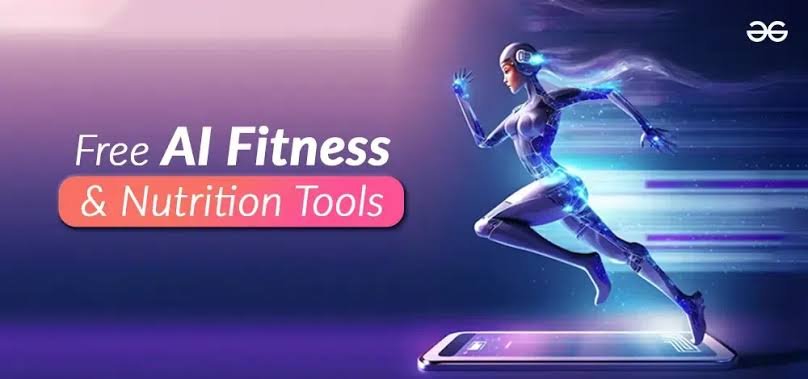Technological developments have revolutionized the way customized training regimens are created in the ever-changing fitness sector. Sophisticated software tools are essential for measuring progress, personalizing exercises, and maximizing outcomes. These five main ideas demonstrate how important these tools are for customizing exercise regimens. Fitness practitioners may enhance their customers’ pleasure and effectiveness by customizing training routines that meet their unique objectives, preferences, and skills via the use of sophisticated software tools.
1. Personalized Workouts:
Personalized workouts are redefining the fitness sector by using technology to customize training regimens to each person’s specific requirements and goals. Gyms and fitness experts may gather and examine information on the fitness level, health history, objectives, and preferences of their members by employing sophisticated software tools.
These findings make it possible to design safe and successful training programs that are specifically tailored to each individual. Someone who wants to lose weight could be prescribed a combination of cardio and resistance training, whereas someone who wants to gain muscle would be given a regimen that focuses mostly on strength training.
In order to keep users engaged and see results, the program can also modify the exercise schedule over time in response to comments and progress. In the end, customized exercises improve the member experience by offering solutions that are specifically designed to meet their goals and needs.
2. Progress Tracking:
A key component of gym management software is progress monitoring, which enables users to track and evaluate their accomplishments and performance methodically. Thanks to user-friendly features and straightforward interfaces, people may easily record a variety of exercise parameters, such as sets, repetitions, weight lifted, and cardiovascular performance. By regularly measuring these indicators over time, users may discover patterns, set reasonable objectives, and make well-informed modifications to their exercise routines.
This provides them with useful insights into their progress. For example, logging the weight and number of sets and repetitions for each exercise might help someone who wants to get stronger in their lifts.
Fitness management software that includes progress monitoring features allows users to measure their progress, maintain motivation, and recognize and celebrate their achievements as they move toward fitness. Companies like Gym Owners understand the importance of incorporating progress-tracking features into gym management software; with the help of these tools, users may effectively track their development, stay motivated, and reach their fitness goals.
3. Nutrition Guidance:
Comprehensive gym management software must include nutrition coaching since it gives users useful tools to support their entire wellness and health objectives. These software programs frequently provide functions for meal planning, nutrition monitoring, and dietary analysis, enabling users to keep an eye on their food consumption and make decisions that will support their exercise regimens.
Users can effortlessly measure their hydration levels, log their meals and snacks, and record their consumption of calories and macronutrients with the help of nutrition tracking tools. Additionally, some software platforms include databases of food products together with nutritional data, which helps users keep proper track of their consumption.
4. Integration with Wearable Devices:
Software for managing fitness can’t operate the same without integration with wearables, giving consumers instant access to biometric information and insights into their physical exercises. Gym management software may collect data on step counts, heart rate, sleep patterns, and caloric expenditure by establishing a connection with well-known wearable devices like smartwatches and fitness trackers.
5. Enhanced Engagement and Motivation:
Advanced gym management software is essential for increased motivation and involvement. These products use various tactics, including interactive features, progress updates, and gamification components, to keep users interested and motivated throughout their fitness journey. Interactive elements such as virtual coaching sessions, community forums, and fitness challenges make connecting with people, exchanging experiences, and seeking assistance possible.
Users who receive progress updates, which include visual displays of accomplishments and milestones, have concrete proof of their success, which strengthens their will to reach their fitness objectives. However, gamification components like leaderboards, rewards programs, and accomplishment badges inject fun and competitiveness into the fitness experience, motivating users to push themselves harder and continue to be committed to their routines.
Conclusion:
The customization of fitness programs has been completely transformed by advanced software tools that provide individualized exercises, progress monitoring, dietary advice, wearable device integration, and increased participation. Accepting these resources gives people the ability to successfully and efficiently fulfill their fitness goals. People may take a more holistic and tailored approach to their fitness journey using cutting-edge software solutions, which will improve their entire well-being and performance.
